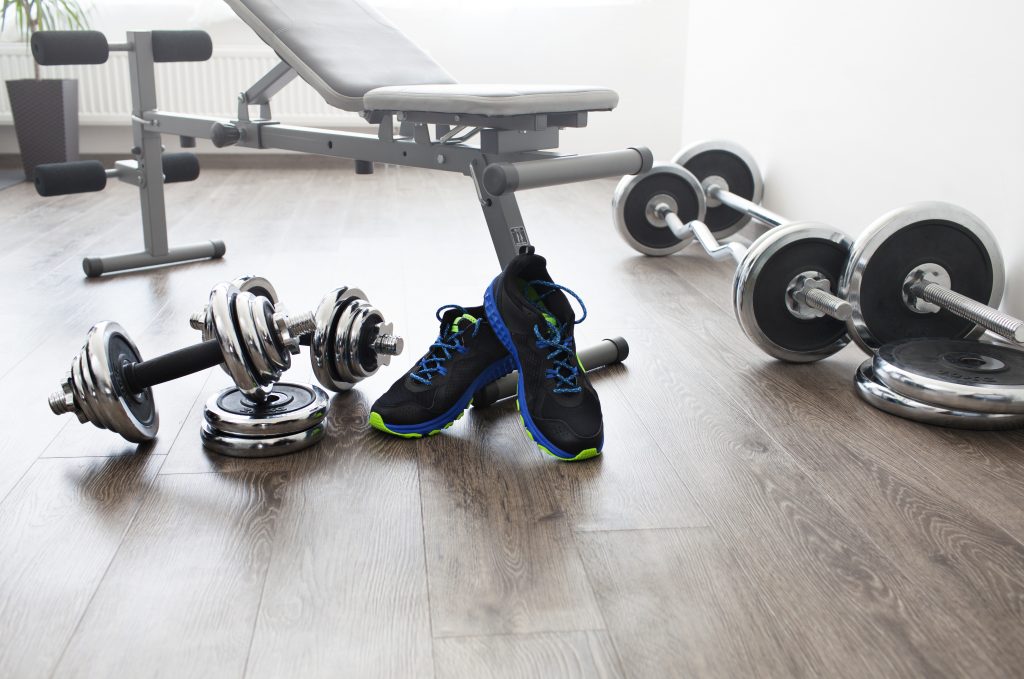
The Canister Press
Who Did I Steal It From: I never thought this day would come. I think I may have done it everyone. I can’t believe it. I may have invented an exercise.
At first was going to call it TonyGentilcoreSupremeChancellorDragonSlayer Press, but that seemed a tad grandiose (and a mouthful).
I decided on Canister Press instead for reasons you can read about below… 😉
What Does It Do: The shoulder blades are meant to move:
- Upward/downward rotation
- Protraction/retraction
- Anterior/posterior tilt
The ability to perform all of those actions is indicative of a “healthy” shoulder, and the platform for all that movement to take place comes courtesy of the ribcage.
The ribcage is shaped in a convex manner.
The scapulae (shoulder blade) is concave, or rounded, in nature. The ability for the two to play nicely together is an often overlooked mechanism of what I like to call “my shoulder fucking hurts syndrome.”
Rather than lulling a client down the corrective exercise purgatory rabbit hole, one option I like to hone in on out of the gate is creating context by encouraging what’s commonly referred to as the “canister position.”
Think of the canister position as stacked joints.
Your rib cage should be “stacked” on top of your pelvis. You can get a general visual from the picture below; my bottom hand represents my pelvic floor and my top hand represents my diaphragm and ribcage

This position is often a “safer” position for most, but is also a stable position, oftentimes allowing for more range of motion to occur, as well as a position that allows people to express the most strength and power in the weight room.
By pressing the band out in front of the body and holding it in place I am creating a FLEXION MOMENT with my abs (more posterior pelvic tilt), which in turn “cements” the canister position.
From there I create more congruency with the ribcage and shoulder blades so that the latter can move more efficiently up and around the former.
In short: It allows for a “cleaner” and often less painful overhead press.
Key Coaching Cues: I think the video above is self-explanatory. However, I am using a light resistance band and just wrapped it around my back. Alternatively you could wrap the band around a pole, squat rack, or any inanimate object and perform it that way too.
It’s somewhat hard to notice in the video but as I press the band out in front of my body I am also exhaling ALL my air out. This helps to get the ribs down further and to lock in that canister position even more.
From there I brace and perform my reps on the opposite arm (breathing as I hold the brace).
Give it a try, let me know what you think, and tag me on social media if you do!



